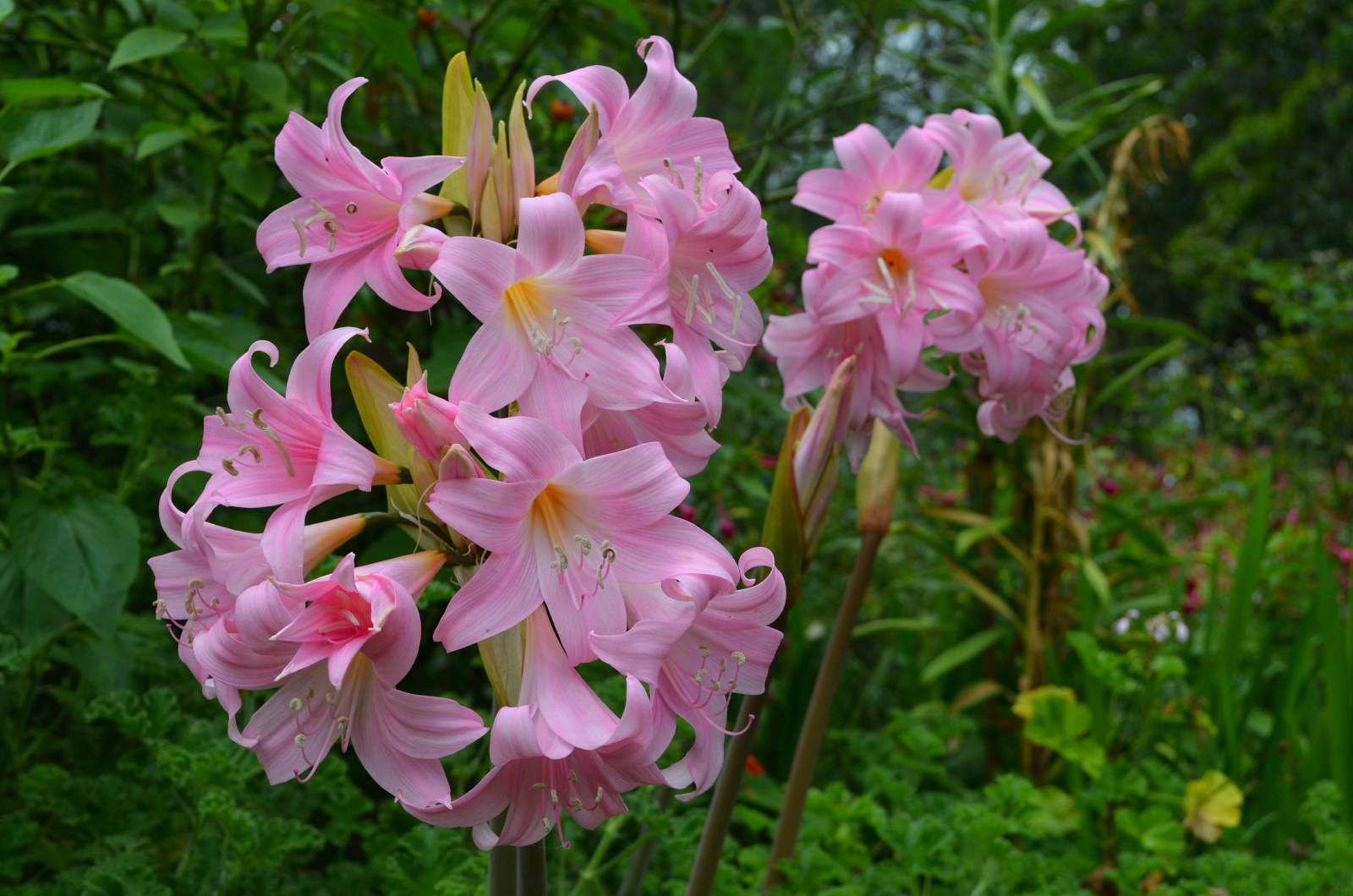The Gardener, the Palace and the Bushranger
What do you think links Sir Joseph Paxton, the Crystal Palace and Captain Moonlite together? The answer is an intriguing one - the giant leaves of the Victoria Amazonica waterlily!
In the 1800s, when English explorers sent home samples and drawings of the Victoria Amazonica from British Guyana1(Fig.1), the race was on to propagate it back home. Little did they know that this plant from the Amazon, successfully grown by gardener Joseph Paxton in Chatsworth2, England and presented to Queen Victoria, (named Victoria regia in her honour3) would go on to influence architecture, not only in Britain but also in its far-flung outpost of empire - Australia, with the design MHNSW’s own Mint building.
In 1836, Joseph Paxton, an already famous gardener, built experimental greenhouses like the ‘Great Stove’ in Chatsworth (Fig. 2), the largest glass building at the time4, using the leaf structure of the lily pad as inspiration (Fig. 3). The leaves that can grow up to 3 metres in diameter, were able to take the weight of Paxton’s young daughter and articles were published about this astounding plant5 (Fig. 4). In a feat of architectural biomimicry, Paxton went on to design the iron and glass modular components of the 800,000 square feet Crystal Palace for the Great Exhibition of 18516 (Fig. 5). No wonder architect Norman Foster recently claimed it was
the birth of modern architecture, of pre-fabrication, of soaring spans of transparency.7
But how does infamous Australian bushranger ‘Captain Moonlite’ fit into the picture? In 1851, NSW had just discovered gold. With a large quantity of unrefined gold circulating through the colony, a branch of the Royal Mint was established in Sydney. Captain Edward Ward, appointed Deputy Master of the Mint in Sydney, modelled the coining factory on Paxton’s Crystal Palace8. It was fully assembled, disassembled and flat packed in Woolwich dockyard before being shipped to Australia and re-assembled at the rear of the Rum Hospital9, a ‘proto-Ikea’ building (Fig. 6)! By replicating the architectural language of iron columns, trusses and colour scheme of the Crystal Palace, the Mint, in 1855 spoke to the colony of cutting-edge modernity (Fig. 7). In 1856 the self-styled ‘Captain Moonlite’ converted gold stolen from the Victorian goldfields into legal tender at the Mint. He was eventually caught and hanged for his many misdemeanours10. Read more of the Mint’s fascinating stories.
We can still see elements of this high-tech Victorian factory building at the Mint complex today (Fig. 8). Looking closely at the details of this sympathetic conversion, we may yet observe that the Mint, through its architectural dialog with the Crystal Palace, remains a wonderful reminder of the power of nature to inspire. What an amazing journey from South America, to England, to Australia the inspiring Victoria Amazonica has had.
Previous
The Various uses for the Prickly Pear
Back
The Acanthus - An Apt Symbol for The Mint
Next
Notes
1. Hooker, W. J. (1847), Description of Victoria Regia, Reeve, Brothers, King William Street, Strand, London, viewed June 2, 2020.*
*Even though the giant lily had been mentioned by European botanists exploring in Bolivia and elsewhere in the Amazon basin earlier, it was Sir Robert Schomburgk’s account of the Victoria regia in British Guyana that saw it much publicised in England. He was, exploring on behalf of the Royal Geographical Society of London in 1837. (In 1841, Schomburgk published this beautiful book, dedicated to Paxton’s patron, the Duke of Devonshire - Twelve views in the interior of Guiana : from drawings executed by Mr. Charles Bentley, after sketches taken during the expedition carried on in the years 1835 to 1839, under the direction of the Royal Geographical Society of London, and aided by Her Majesty's government). It is also interesting to note that while Paxton is not mentioned by name in Hooker’s account, mentions the Chiswick greenhouse, where Paxton worked for the Royal Horticultural Society (p 4) before coming to the Duke of Devonshire’s notice. The Duke very quickly appointed Paxton as head gardener at Chatsworth House, where he successfully propagated the Victoria regia.
2. Marsh, D, Joseph, Victoria and the amazing leaf, The Gardens Trust , viewed June 2, 2020,
3. Opitz, D. (2014). 'The sceptre of her pow'r': Nymphs, nobility, and nomenclature in early Victorian science. The British Journal for the History of Science, 47(1), 67-94. Retrieved June 2, 2020 from (Pg 14) (the battle for naming rights – Victoria Regia – vs – Victoria Regina is outlined here, Victoria regia wins)
4. Chatsworth Conservatory and Lily House, site of, Engineering Timelines, viewed June 2, 2020
5. Marsh, D, Joseph, op. cit.
6. Nielsen, D. (2010). Victoria Regia’s bequest to modern architecture. Southampton: W I T Press. doi: viewed June 2, 2020. Pg 14
7. Ravenscroft, T, Crystal Palace was “birth of modern architecture” says Norman Foster, dezeen.com, viewed June 2, 2020
8. Starr, F, A Short History of the Mint, Sydney Living Museums, viewed June 2, 2020
9. Starr, F, op. cit.
10. Starr, F, op. cit.
Published on
Plant your history
Browse all
Plant your history
Beautiful bountiful bamboo
One of the most recognisable plants growing at Museums of History NSW today is bamboo. This colourful plant has a long history in colonial gardens

In the pink at Elizabeth Farm
Amid the late summer bounty in the garden at Elizabeth Farm, the crepe myrtle is the undoubted star of the show

Plant your history
Sumptuous cape bulbs light up late summer gardens
Belladonna Lilies and Crinum Lilies are tough bulbs that never say die and can survive years of neglect

Plant your history
Acanthus - an apt symbol for The Mint
Look at any classical building today, anywhere in the world and chances are you will find an acanthus leaf lurking somewhere
